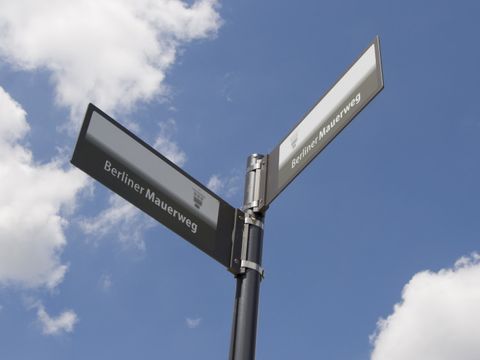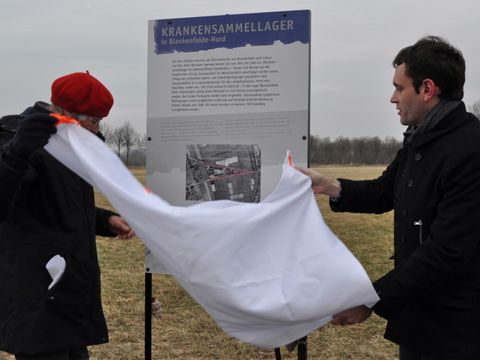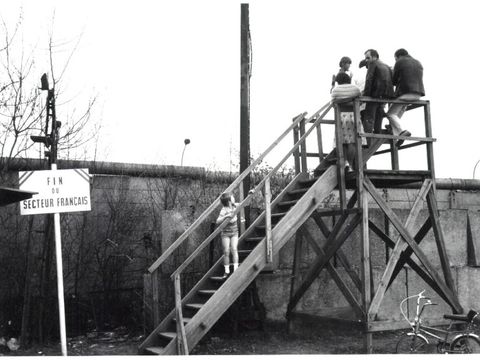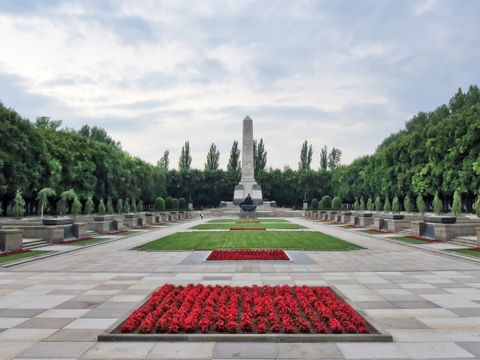The Soviet Memorial (Sowjetisches Ehrenmal) in the park Schönholzer Heide near the Wilhelmsruh S-Bahn station recalls Berlin’s capture by the Soviet Union at the end of World War II. On Klemkestrasse, on what used to be the West Berlin side of the border, you will see a memorial cross for Horst Frank and information on other victims of the Wall, Wernhard Mispelhorn, Horst Einsiedel, and Silvio Proksch, right where the outer Wall stood in Pankow (former East Berlin). Horst Frank and an old friend had planned an escape to West Berlin; on the evening of 28 April 1962 they entered the border strip from the “Schönholz” allotment gardens. Around midnight, as they were cutting through the last fence, two border guards spotted the 20-year-old Horst Frank and immediately opened fire. He died of his injuries the same day. His friend managed to make it to West Berlin unnoticed by the guards.
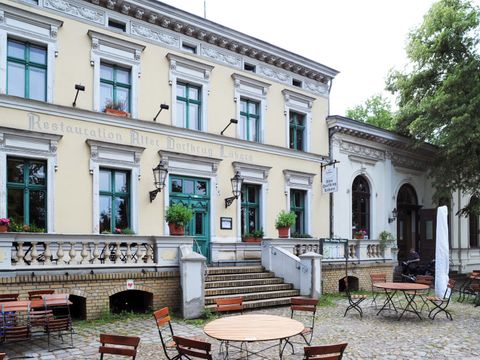

 German Sign language
German Sign language